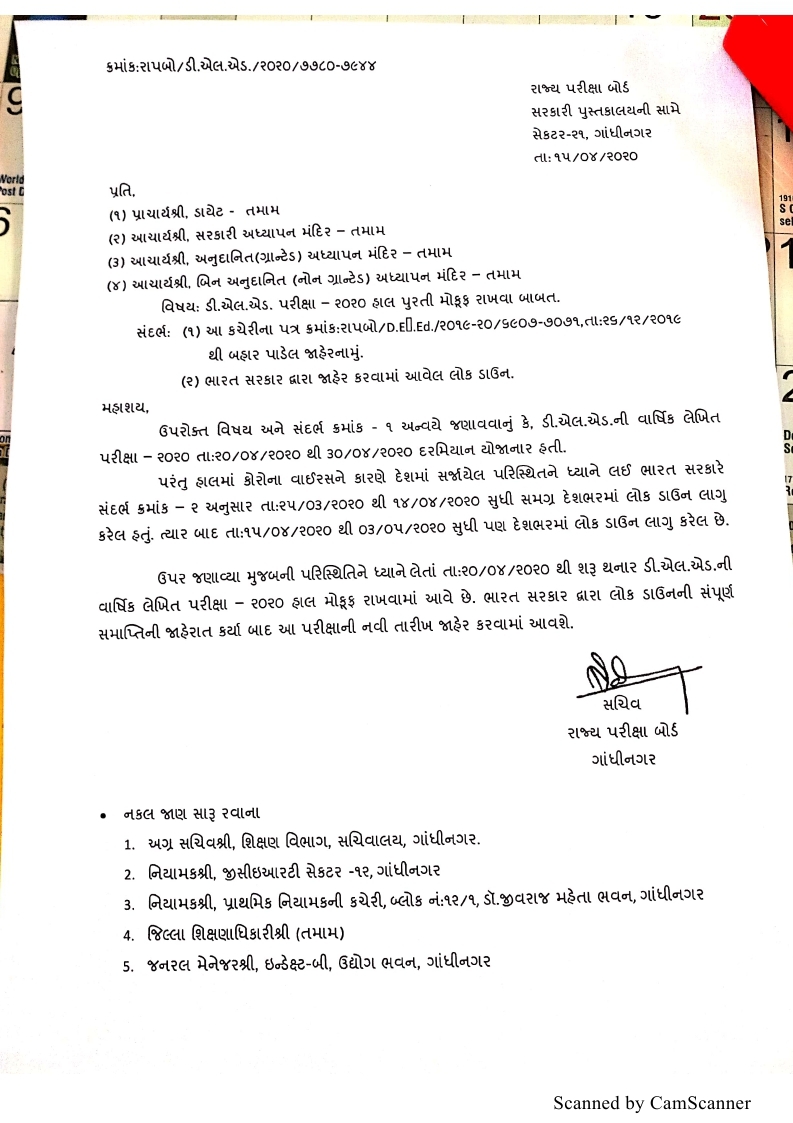Dled exam Hal mokuf rakhva bbt
Many questions regarding Theory of Instruction: Principles and Applications have arisen in the years since the
publication of the first edition in 1982. Is it a textbook? Why wasn't it named, Theory of DIRECT Instruction? Why is it
so difficult to read? How relevant is it to the current Zeitgeist of educational philosophy? And last-and least-is the cover
of the 1982 edition red or orange?
I propose at this publication of the revised edition, that Theory of Instruction is exactly what the title implies, and
further that my proposition is of potentially inestimable significance to the field of education.
Theory
First and foremost, Theory of Instruction is the articulation of a theory-not in the atheoretical sense “theory” is used
in educational jargon, but in the more precise sense well-established among scientists and philosophers of science.
Engelmann and Carnine's theory evolved the same way original natural science theories have evolved, through the
scrupulous application of logical analysis to existing empirical observation. The Engelmann and Carnine theory
possesses the most critical attributes of natural science theories: (1) it is exhaustive in that it covers everything from the
most basic motor skill instruction to the highest of the “higher order” thinking skills, and (2) it does so economically. In
short, it is parsimonious.
Many questions regarding Theory of Instruction: Principles and Applications have arisen in the years since the
publication of the first edition in 1982. Is it a textbook? Why wasn't it named, Theory of DIRECT Instruction? Why is it
so difficult to read? How relevant is it to the current Zeitgeist of educational philosophy? And last-and least-is the cover
of the 1982 edition red or orange?
I propose at this publication of the revised edition, that Theory of Instruction is exactly what the title implies, and
further that my proposition is of potentially inestimable significance to the field of education.
Theory
First and foremost, Theory of Instruction is the articulation of a theory-not in the atheoretical sense “theory” is used
in educational jargon, but in the more precise sense well-established among scientists and philosophers of science.
Engelmann and Carnine's theory evolved the same way original natural science theories have evolved, through the
scrupulous application of logical analysis to existing empirical observation. The Engelmann and Carnine theory
possesses the most critical attributes of natural science theories: (1) it is exhaustive in that it covers everything from the
most basic motor skill instruction to the highest of the “higher order” thinking skills, and (2) it does so economically. In
short, it is parsimonious.


No comments:
Write comments